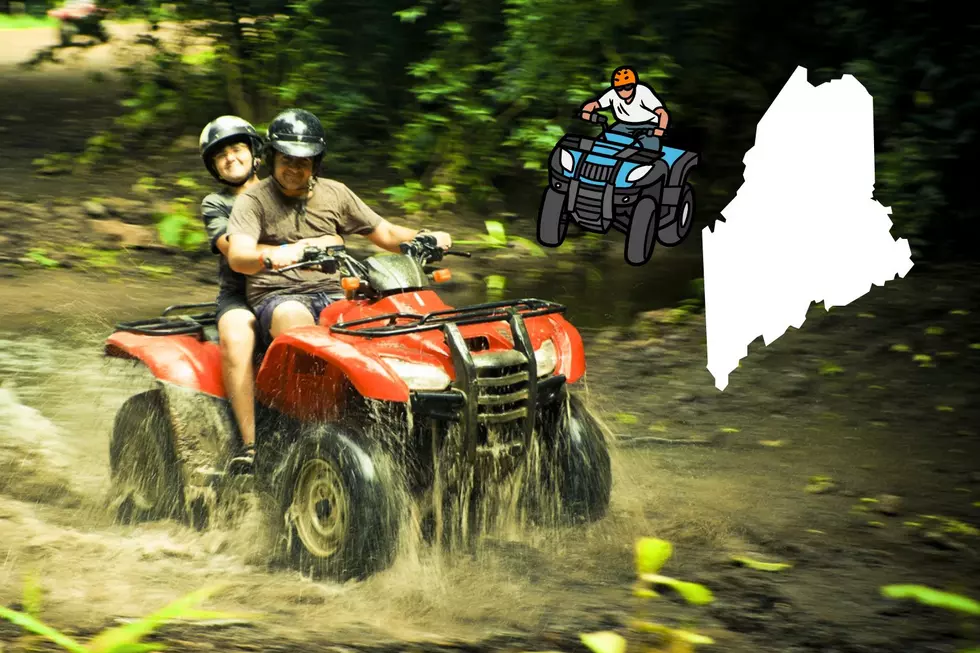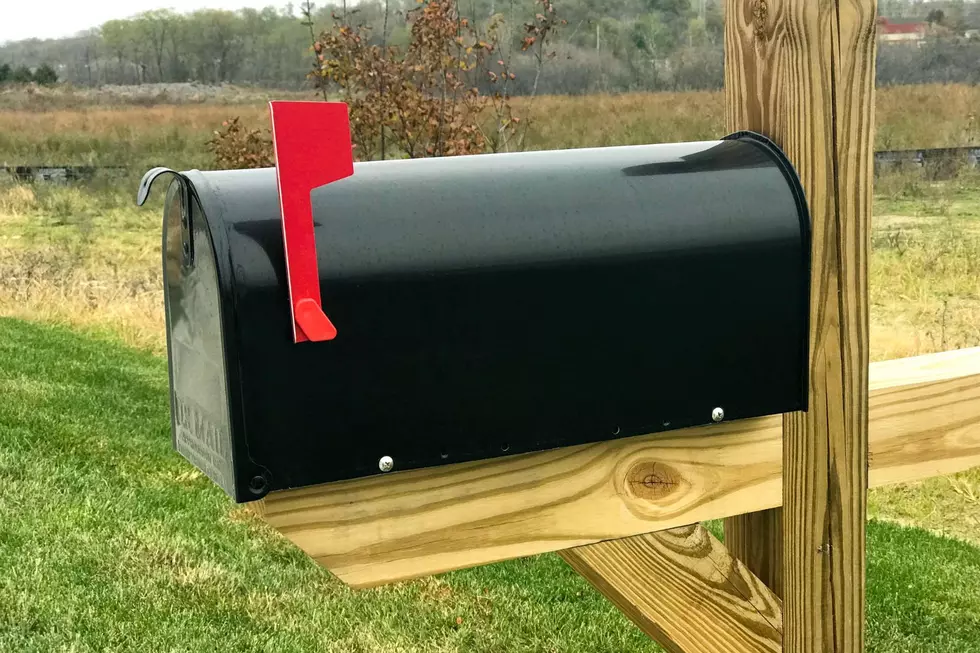
Maine Free Fishing Days On The Way
Maine's Free Fishing Days will take place on February 13 - 14, 2016 and June 4 - 5, 2016. On these days, any person (except those whose license has been suspended or revoked) may fish without a license. All other laws and regulations apply on these days.
Fisheries management is the science of balancing the impacts of habitat changes, fishing pressure for different kinds of fish, the desires of different anglers for the kind, numbers, and size of fish they would like to catch, and the biological potential of the waters to grow and support the kinds, size, and numbers of fish that anglers want to catch. Maine has nearly 6,000 lakes and ponds over one acre in size and almost 32,000 miles of rivers and streams. These waters differ remarkably in basic physical features, water chemistry, and biological potential.
The Department of Inland Fisheries and Wildlife's goal is to provide anglers with the most opportunities for the types of fishing they want, while ensuring that these same fish resources are going to be here for our children.
While IF&W can help enhance some fisheries by stocking or improving habitat, one of the most important tools for fisheries conservation is controlling angler impacts on fish populations. Regulations are designed to conserve fish populations and help provide the kind of fishing experience that anglers want. This can be complicated and since many of Maine's waters are different, the same regulation on different waters may not have the same result and can affect anglers and fish populations very differently.
Where possible, the department regulates fishing using a set of "General Laws" that are similar for all waters. Waters that fall outside the "General Law" category usually have special characteristics where fishing opportunity for some kinds of fish can be improved by using different regulations. These regulations were developed to try to provide the kinds of fishing opportunities that hundreds of anglers have told us they would like to see.
Changing bag limits can help distribute the catch more equally between anglers and over the season. This can also help reduce the overall catch of a species and help redirect fishing pressure to other species.
Changing length limits is one of the most effective ways of reducing the overall take of a species, while still allowing anglers to take some fish home. This regulation can also be used to protect a certain portion of the fish population that may be more vulnerable or could affect the future of the population - for example, very small fish or spawning (breeding) fish. If fishing pressure is expected to stay high, an "artificial lures only" restriction may also have to be enacted to protect released fish from dying due to wounds inflicted from swallowing baited hooks.
Terminal tackle restrictions such as artificial lures only (ALO) and Fly Fishing Only (FFO) are used to reduce hooking injuries to released fish from baited hooks in conjunction with lower bag or restrictive length limits. This regulation can also redirect fishing pressure to different waters.
Different season dates can protect fish populations when they may be particularly vulnerable, such as when they are spawning and breeding.
Catch and Release is used when fishing pressure is high on a vulnerable population and the fishery will be depleted if fish are taken. Usually "artificial lures only" regulations have to be paired with "catch and release" to protect fish from injury.
The department says some anglers think there are too many regulations and the regulations are too complicated. The IF&W stresses the to need remember that we are dealing with thousands of waters statewide and that each is different. On these waters, the intent is giving anglers a variety of quality fishing opportunities while ensuring the resource exists for our children in the future.
This information was submitted to us as part of a press release. If you would like to share your community news or event with our audience, please email newspi@townsquaremedia.com
More From









